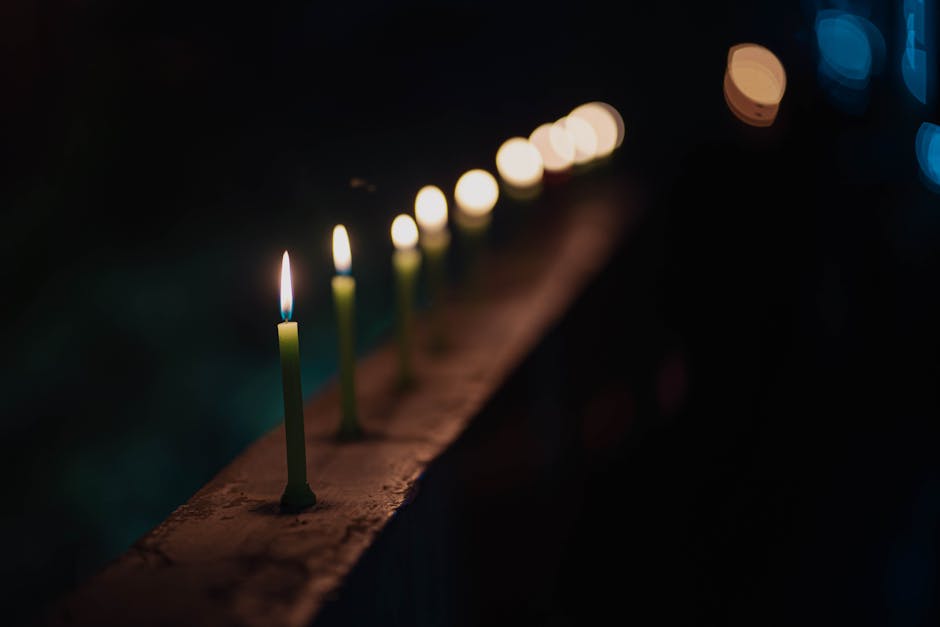Delhi’s Air Quality Crisis After Diwali
Delhi’s Diwali celebrations turned hazardous as fireworks and stubble burning pushed air quality to near-‘severe’ levels. The Air Quality Index (AQI) breached 400 in multiple areas, defying bans and triggering health alarms.
Thick Smog Blankets the Capital
The morning after Diwali, dense smog reduced visibility, with key areas like Anand Vihar and RK Puram recording AQIs of 380–450. PM2.5 and PM10 levels spiked, posing severe respiratory risks.
Dr. Arvind Kumar, a pulmonologist at Sir Ganga Ram Hospital, warned, “Post-Diwali pollution is now an annual health emergency, with rising cases of asthma and lung damage.”
Firecrackers and Farm Fires Worsen Pollution
Despite a partial ban, illegal fireworks lit up Delhi-NCR. Meanwhile, stubble burning in Punjab and Haryana contributed 30% to the pollution, with NASA images confirming rampant farm fires.
Government Actions Fall Short
The Commission for Air Quality Management (CAQM) enforced Stage III of GRAP, halting construction and restricting diesel trucks. Critics called the measures reactive, while the Supreme Court’s refusal to ban firecrackers drew backlash.
Public Outcry for Long-Term Solutions
Residents rely on masks and air purifiers, while activists demand stricter enforcement, cleaner transport, and farmer incentives. Anumita Roychowdhury of CSE stressed, “Year-round policies, not Band-Aid fixes, are needed.”
The Path Forward
Experts urge systemic reforms—clean energy, waste management, and green urban planning—to break Delhi’s pollution cycle. As smog lingers, the city faces a critical choice: tradition or survival?
For real-time updates on Delhi’s air quality, follow NextMinuteNews.




